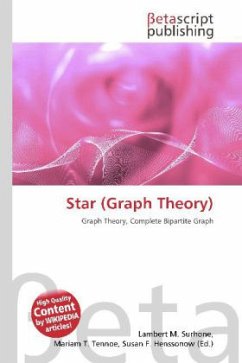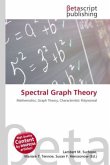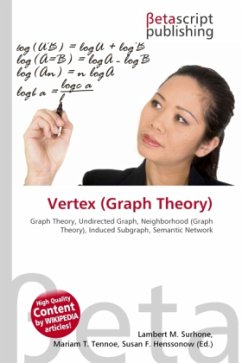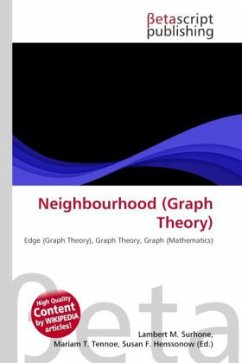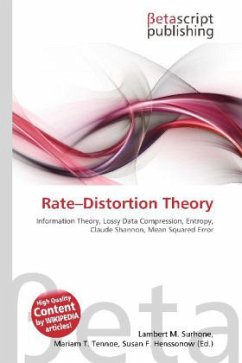Please note that the content of this book primarily consists of articles available from Wikipedia or other free sources online. In graph theory, a star Sk is the complete bipartite graph K1,k, a tree with one internal node and k leaves. A star with 3 edges is called a claw. The star Sk is edge-graceful when k is even and not when k is odd. It is edge-transitive, unit distance and has diameter 2, girth , chromatic index k and chromatic number 2. Claws are notable in the definition of claw-free graphs, graphs that do not have any claw as an induced subgraph. A star is a special kind of tree. As with any tree, stars may be encoded by a Prüfer sequence; the Prüfer sequence for a star K1,k consists of k 1 copies of the center vertex. Several graph invariants are defined in terms of stars. Star arboricity is the minimum number of forests that a graph can be partitioned into such that each tree in each forest is a star, and the star chromatic number of a graph is the minimum number of colors needed to color its vertices in such a way that every two color classes together form a subgraph in which all connected components are stars.
Bitte wählen Sie Ihr Anliegen aus.
Rechnungen
Retourenschein anfordern
Bestellstatus
Storno

